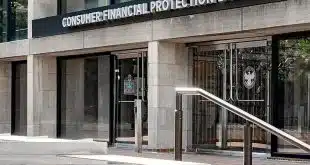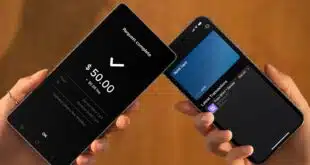The U.S. Postal Service could generate as much as $1.1 billion in additional annual revenue after five years if it expanded its existing payment services. That’s according to a report from the USPS Office of Inspector General. But a hotly competitive market could dampen those prospects, experts say.
Struggling with lower revenue, the Postal Service outlined five ways financial services could bolster its bottom line.
The first is to expand existing services, which include money orders, international remittances, open- and closed-loop gift cards, and limited check cashing. In its fiscal 2014, for example, the agency sold $21 billion in money orders, producing $165 million in revenue.
Under this approach, the likely scenario is to rent space for ATMs inside post offices and better promote check cashing and international remittances.
After five years, this approach would generate an estimated $26 million in gift card sales, $99 million in money orders, $163 million in international money transfers, $253 million in post-office-to-post-office money transfers, and $382 million in check cashing revenue, the report forecasts.
Other suggestions in the report include securing a key partner, working with multiple partners, turning post offices into distribution locations for financial products from other companies, and creating a bank. The report did not recommend the bank option.
The Postal Service’s next move, should it pursue one of these options, could be fraught with competition and changing technology, suggest payments-industry analysts.
While the Postal Service has advantages, including a distribution network, experience, and an expectation of trust among unbanked and underbanked consumers, moving beyond its current payments services would be a major step, says Thad Peterson, senior analyst at Boston-based Aite Group LLC.
“It’s a long way from where they are to the delivery of an array of relevant and valuable financial services,” Peterson tells Digital Transactions News in an email. “And, it’s not like they would be entering a wide open market.”
Among its competitors would be Wal-Mart Stores Inc., which already provides a variety of payment services, Peterson says. “They also would need to deliver a mobile offering that would be as least as good as the mobile apps offered by others, from Bluebird to Western Union. Their distribution is useful, but the space is moving to mobile and they will need to be there.” Bluebird is an American Express Co. prepaid service.
Indeed, the migration to mobile and electronic services may be outpacing what the Postal Service could offer, says Richard Crone, principal of Crone Consulting LLC. “Mobile banking is growing five times faster than Internet banking,” Crone tells Digital Transactions News. “It will command the majority of interactions within 18 to 24 months.”
Even the most readily available option—expansion of its existing services—is being outpaced by mobile. “Whatever they think they might be able to do, PayPal is already doing without physical branches,” Crone says.
And while money orders and international remittances require a physical presence, it’s a service that Western Union and MoneyGram, with thousands of locations between them, already provide, he says.





